Indigenous lessons for border force
Using a cheap drone and hunting skills passed down from elders, WA’s Aboriginal communities were days ahead of federal authorities.
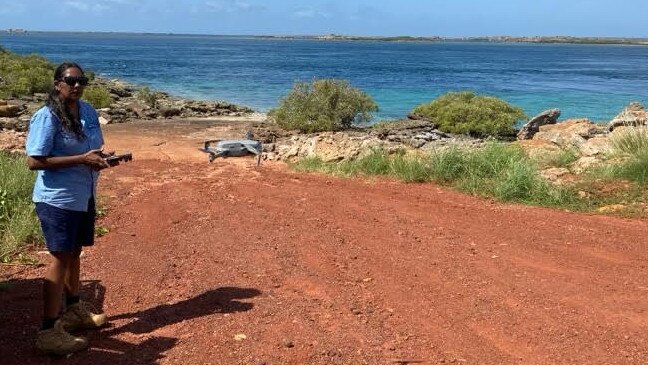
There could have been two boats but they used the same landing site, a dark spot between two remote Aboriginal communities north of Broome.
The 39 men probably reached the beach at midnight on Monday and the crew were no dummies – they knew the way to get a big vessel close to shore was to do it two days after a new moon, on the biggest tide. One group walked south on the sand. Another went into the bush.
How do we know this? Because traditional owners of the Dampier Peninsula figured it out before border force had a chance to interrogate the men about their journey.
The Aboriginal people did this using an inexpensive drone from JB Hi-Fi and skills passed on from elders during fishing and hunting trips on Nyunyul land.
They found a campsite too, which appears to support what border force later learned from the men; the people-smugglers instructed their clients to wait in the bush for four days before seeking help. This was intended to give the smugglers time to leave Australian waters.
When it comes to border controls, traditional owners are an under-utilised security asset. This was the clear finding of a 2021 report by economist Russell Barnett and Yawaru elder and researcher Peter Yu.
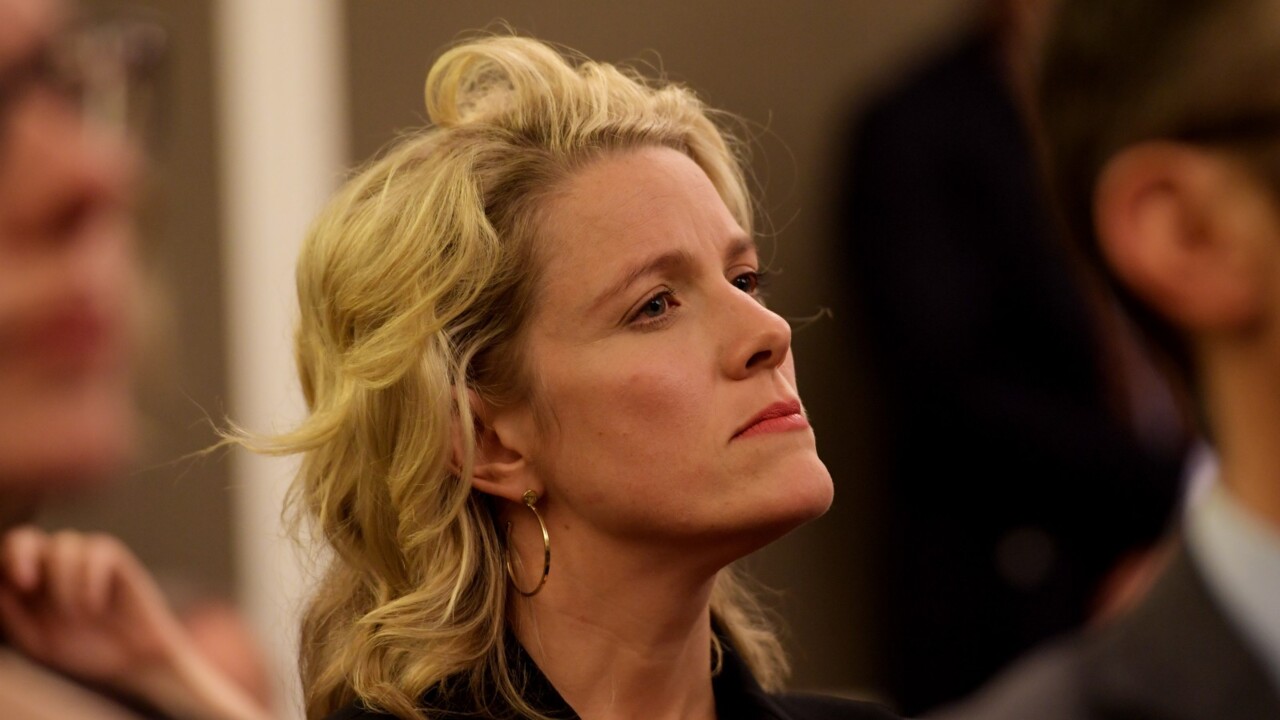
They said the involvement of First Nations people in the operational security of the north “remains substantively underbaked, given their existing potential and resources”.
In many parts of Northern Australia, members of about 80 Indigenous land and sea ranger groups are the only human presence for thousands of kilometres, and their knowledge of these remote areas is unparalleled.
On the Dampier Peninsula, traditional owners have been asking the Civil Aviation Safety Authority and successive governments to help them form highly trained drone teams with the authority to send unmanned aircraft off the coast to look for crocodiles in tourist season, to detect illegal fishers, to search for missing visitors, to collect data on the annual whale migration and to look for asylum boats.
While state and commonwealth governments are happy to contract Indigenous rangers to carry out Customs work and fisheries surveys, Home Affairs has baulked at giving them any sort of authority.
Traditional owners are not asking for powers of arrest like police, but The Australian is aware some rangers want to be badged by Home Affairs with similar authorities to Customs officers.
This would enable to them to confiscate the catch of trochus poachers or to “apprehend and control” illegal boats until police or border force arrives.
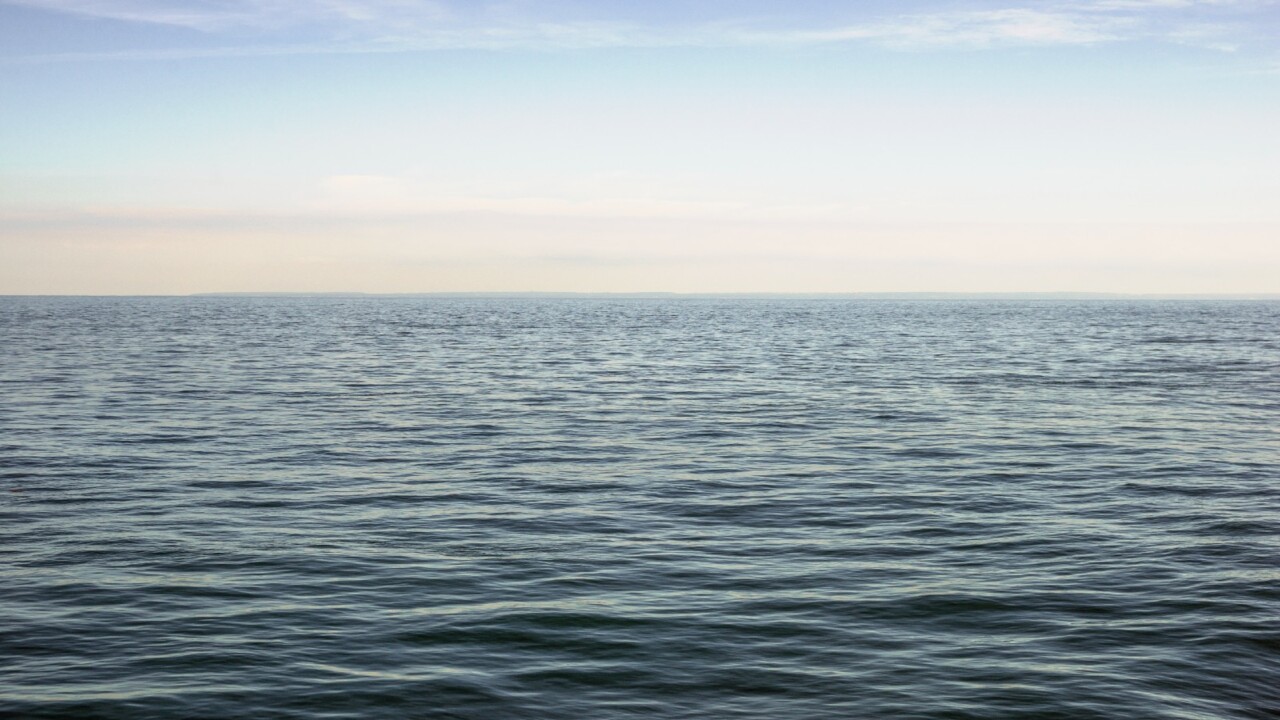
On the far northern point of the Dampier Peninsula, Bardi Jawi Oornay traditional owners use small drones to monitor plants, cultural heritage sites and the Indian Ocean within line of sight from the shore.
Gareth Ogilvie, chief executive of the Bardi and Jawi Aboriginal Corporation, said equipping the traditional owners with remote-controlled aircraft would have many benefits including on national security.
It was a senior Indigenous man with his own drone who showed border force where the asylum-seekers landed last week.
He was alone with 13 of the new arrivals for more than two hours on Friday afternoon when they walked into his tourist campsite.
The small-business owner shuns publicity and has repeatedly declined to be acknowledged by name.
But on the peninsula, locals know border force is in his debt for calming the men, giving them his food and convincing them not to bolt back into the bush as they repeatedly told him they wanted to do.
The men waited at the camp for police as a direct result of his efforts.
More Coverage



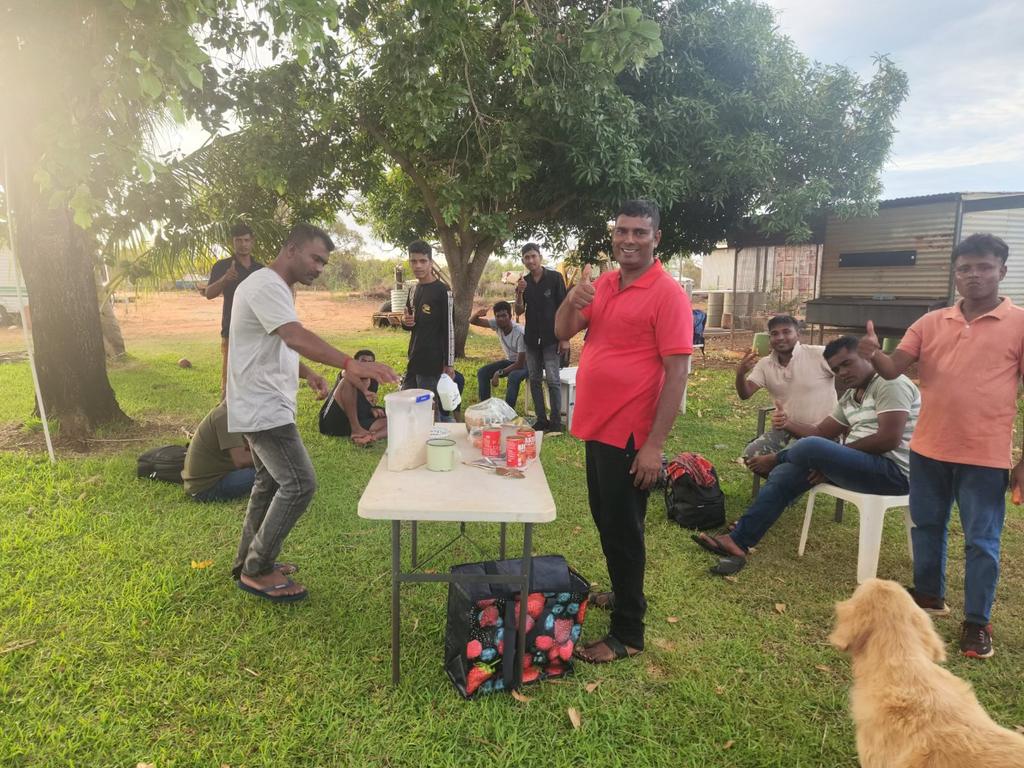
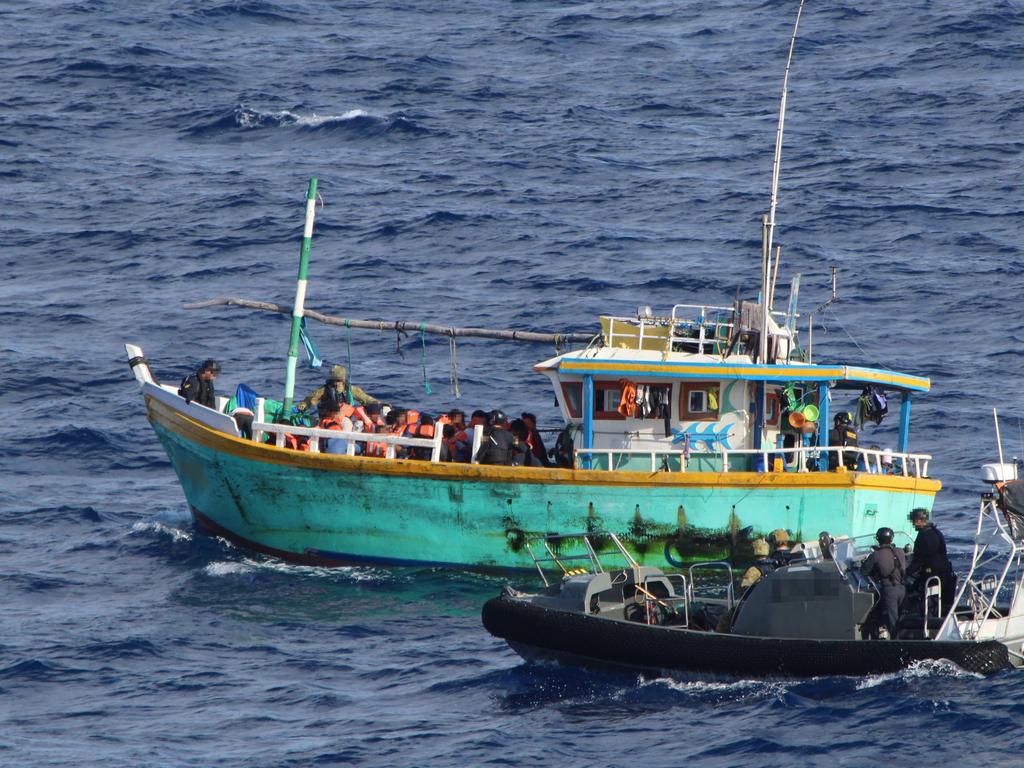



To join the conversation, please log in. Don't have an account? Register
Join the conversation, you are commenting as Logout